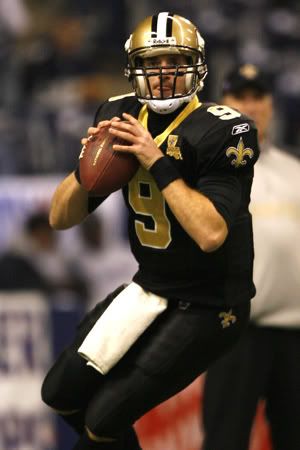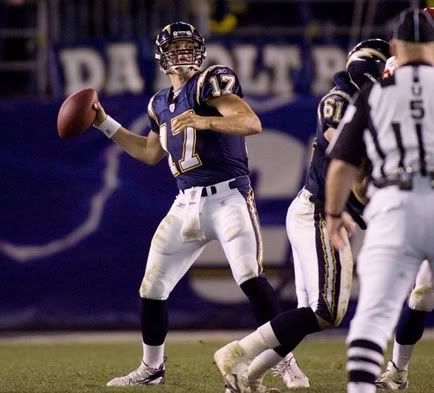2006: Requiem in Pacet
10. Jane Jacobs Death & Life of Great American Cities - see review below. This book, that I picked up based on a review in The Economist, started me down a path of exploration that I was able to easily mine for my writing class. Urban design and planning has always been of interest to me, but I never thought it would be so easy to understand. Through this book, I've picked up several others on the subject, but none have been as good as this one.
9. Murder by Death - live at the Casbah on 06-06-06. William Eliot Whitmore opening for them was stellar, but when MBD took the stage to a backdrop of black and while silent films on a projector, and launched into Sometimes The Line Walks You with Adam Turla shrieking "Jailbreak!"...yeah. A great show, and a great introduction to a band I hope to see live again one dya soon. Everyone I've introduced MBD to has loved them, and if they ever play your town, you should check them out.
8. Casino Royale - the best Bond movie so far. I know a lot of people though Pierce Brosnan was the ultimate Bond, but the man played the same role in so many other movies that it was becoming utterly predictable. I think Brosnan carried the Connery version of Bond to its peak, true, but Daniel Craig's Bond is completely different. This Bond kills people with his bare hands, actually fails sometimes, and has more emotional depth after 1 movie than any of the other Bonds had in the entire franchise. The only bad thing in this was the crappy Chris Cornell song at the beginning. Maybe Tina Turner can do the next one.
7. Istanbul by Orhan Pamuk- I had never heard of this guy when I read this book, but later this year he won the Nobel Prize for Literature. Not for this book, which is nonfiction, but for some of his novels. He is Turkish, and Istanbul is a beautiful historical exploration of the city he grew up in and still inhabits. Inside are his recollections of growing up in the faded remnants of what was once the center of an enormous empire, now crumbling into the sea. The black and white photos are incredible, snapshots pulled from the 30's, 40's, and 50's and inserted in the text to highlight his history and memories. Simply amazing.
6. Battlestar Galactica - yes, yes, I'm a dork. Still this is the only show I've actually bothered to regularly watch for over a year now. Season 3 is on winter break now, and will return late January. The ground the show manages to cover in one episode, the character development, and the still good special effects and production coupled with some amazingly good acting makes this the only thing worth watching. You don't have to like Star Trek to like this show, there are no pointy faced plastic aliens or spandex bodysuits here. In fact, in many ways the setting is irrelevant as the center of the drama is the people onboard the ship, not planets or spaceships. Here is a clip from the Season 3 opener, which is seriously badass.
5. Radiohead- live x2. Seeing them twice within 10 days was great, but poses a question: which show was better? First I saw them at Bonnaroo in Tennessee, playing at 11PM to a crowd of 80,000 very smelly people, half of whom were high and all of whom were dehydrated. They played for 2 and a half hours, and the crowd energy was like, awesome, dude. They sounded very good, very tight, which is in itself unusual for bands playing live outdoor venues. So that was cool. Then, I saw them again here in San Diego at the Bayside, in a much smaller venue with better sanitation, fewer stoners, and less of a line to go pee. It was comfortable, beautiful on the water against the sunset, and we had a better view. But, there was less energy, less feeling of grandiose Rock. They sounded just as good, and it was an easier concert to appreciate, but...I'm torn. So I'll just put Radiohead Live down as #5, and forgo trying to make a judgment.
Final 4 To Follow!



